Magic Design Studios’ roguelike game, Have a Nice Death, leaves early access on March 22. The launch of build 1.0 adds an eighth and final world to the game, the Inevitable Time Department, concluding Death’s rampage through his company and answering any lingering questions fans may still have about Death Inc. and the unsupportive Sorrows that have caused Death to feel overworked and burned out.
Ahead of the 1.0 launch, I caught up with narrative designer and marketing coordinator Mérédith Alfroy, lead game designer Simon Dutertre, and creative director and animation director Nicolas Léger to talk about Have a Nice Death’s time in early access, how the team approached storytelling for a roguelike game, and whether fans can expect more from this universe in the future (spoiler: yes we can).
How has this early access period shaped and influenced the direction of the game’s development–both in terms of gameplay and narrative–if at all?
Dutertre: We embarked on an early access [period] being fully aware of our roadmap and what we wanted to put in the game. From the get-go, we had a laundry list of features to add, such as new bosses or updates to existing systems like meta-progression. That was a tremendous help to avoid feature creep and focus on the core gameplay. The biggest impact the early access period had was the feedback we had from players to make all of Have a Nice Death’s mechanics clearer and easier to grasp. We put more emphasis on the gameplay experience of players who were new to our game, or even to roguelikes.
Léger: It was both exhilarating and intense to be adding one new world per update–which would include one boss, one or two mini-bosses, new types of enemies, new weapons, and much more. We do have lots of exciting, new content for the 1.0 release, and similar to our previous updates, players will find the 1.0 content is more focused on quality than quantity. Despite the limited size of our team, we were able to develop plenty of content during the early access period. That said, in order to focus on improvements from community feedback, we reduced our content scope a little from what we had originally planned. However, we hope that all those spare content ideas can be leveraged later down the road.
Alfroy: [From a] narrative design [standpoint], we had a clear vision for the main storyline since the earliest days of production. We wanted to explore themes such as Death surviving a burnout and his yearning for holidays, why the Sorrows are wreaking havoc, and whether someone’s really behind it all. However, the early access period allowed us to flesh out the characters of the Sorrows and other NPCs. We kept seeing fan theories about the main storyline or employee relationships cropping up within the community–some went as far as creating new Sorrows or even whole departments. We made a conscious effort to keep up with the community channels and include as much of their feedback and ideas as possible, even if they [only] ended up as small details somewhere.
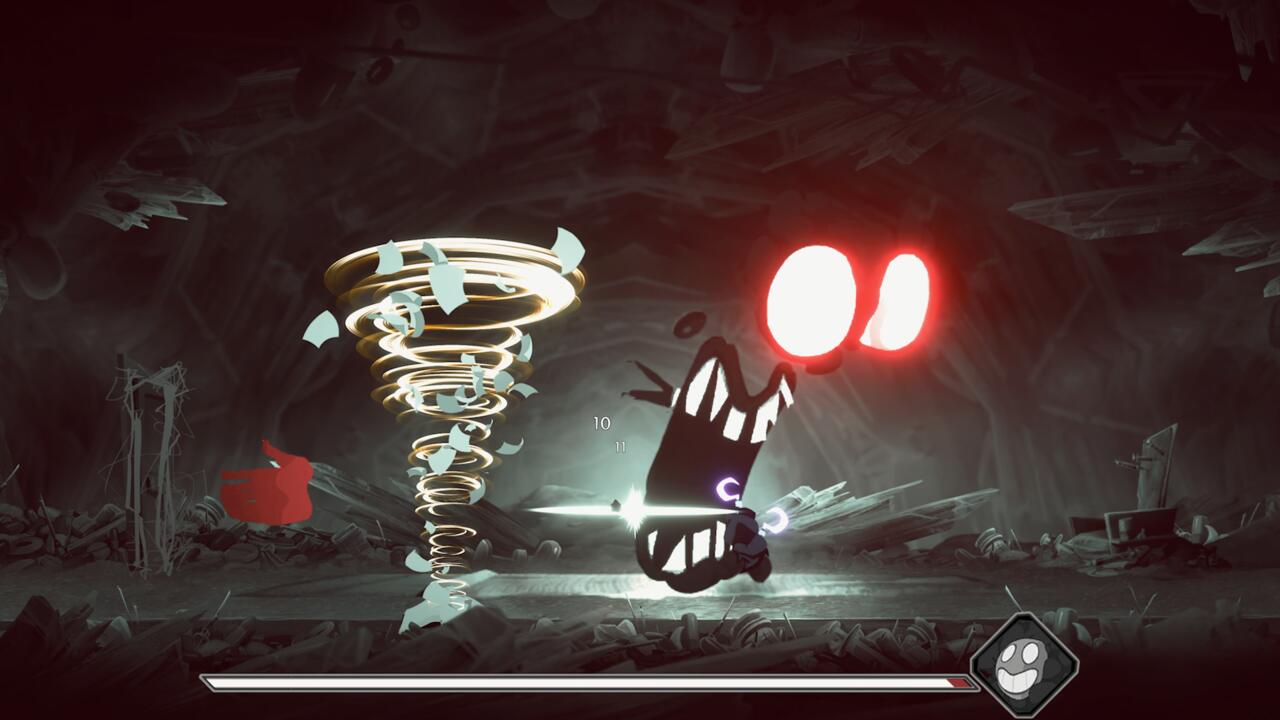
How have the players had a hand in shaping the game during this early access period?
Dutertre: We wanted to do a lot of things, and community feedback made us focus on some features instead of others, such as adding an easy/beginner difficulty option, called « Self-Fulfillment » in the game, or adding new content to make the game harder–such as Challenge Rooms, five new difficulty options with [challenge] modifiers for each difficulty level, and more. But one salient point was [gameplay] balance. We adjusted a lot of curses and weapons based on player feedback. For instance, one specific curse that’s been in the game since the beginning of early access got updated several times to avoid breaking most spell-based builds.
How has Have a Nice Death’s art style informed the direction and characterization of the Thanagers and Sorrows?
Léger: We wanted it to be slightly disturbing without going full creepy. It’s humorous above all. The cartoonish art direction gives us a lot of leeway, including for genre or stylistic breaks. We’ve got a lot of creative freedom, and to be honest, most characters and Sorrows were created very intuitively. Throughout development, the creative pipeline has been super smooth–we’ve never spent weeks designing a single character. And yet, every single one of them has a unique quirk, which made them a real pleasure to animate and design around.
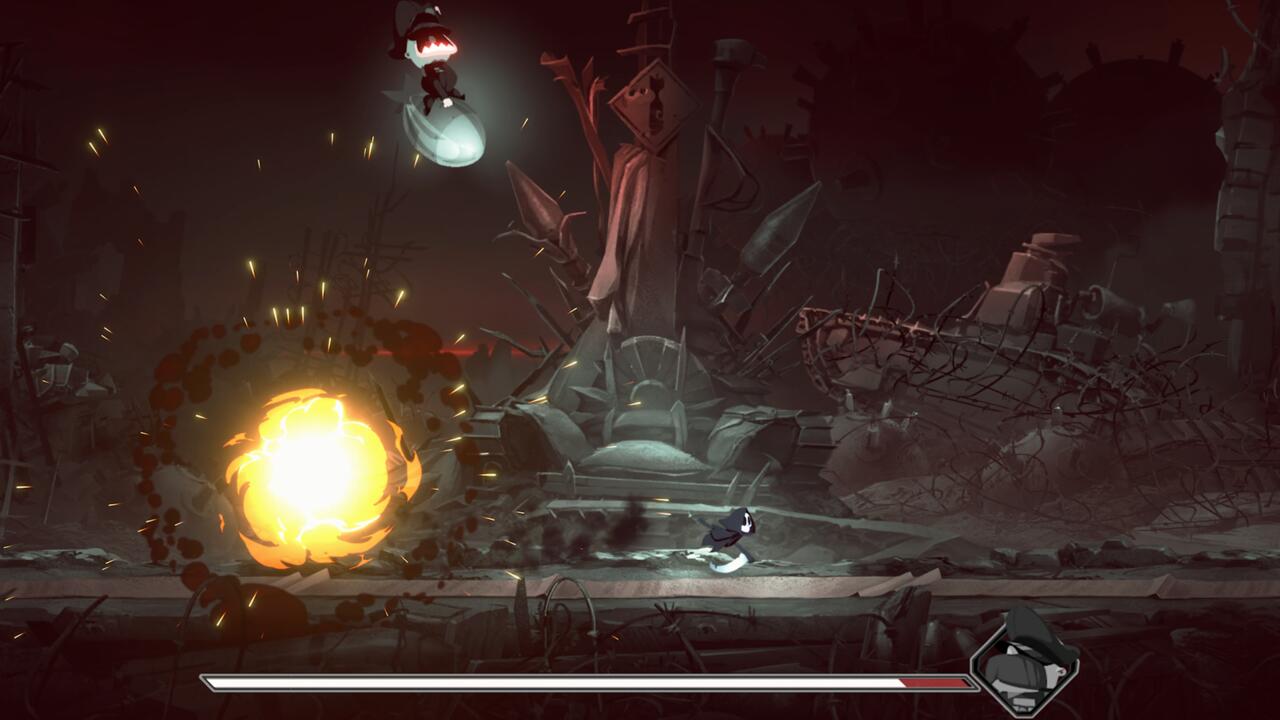
How have the different interpretations of death and the afterlife/underworld in different cultures informed the writing and design of Have a Nice Death’s characters and worlds?
Léger: We could have examined different cultural traditions around death, but we ended up staying focused on the Western, monotheistic vision we are [most] familiar with. We wanted to stick to a single, iconic character with a strong identity instead of branching out in different directions.
Alfroy: On the narrative side, we focused on the various causes of death rather than on representations of death or the afterlife, except for some details like the Employee Handbook entries and weapon descriptions. The overarching theme of the game is office work. We’ve put extra care into the representation of work in our modern society, transposed in a quirky gothic universe. But since those themes can be somewhat gloomy, we decided early on during the production to keep a humorous, often satirical but mostly light-hearted approach, and play up the tropes of office life.
How much story content is coming to the game with the launch of the 1.0 build? Will we learn more about why Sorrows like Catherine Imamura have rebelled against Death, for example? The two seemed like they were close once upon a time.
Alfroy: There’ll be plenty of story content, as the launch version of the game will bring the conclusion of the game’s main storyline and players will get to discover why the Sorrows, like Catherine, went rogue and into overdrive. Some specific NPC dialogues will also hint at the broader story, and players will uncover lots of story lore when they unlock Employee Handbook entries.
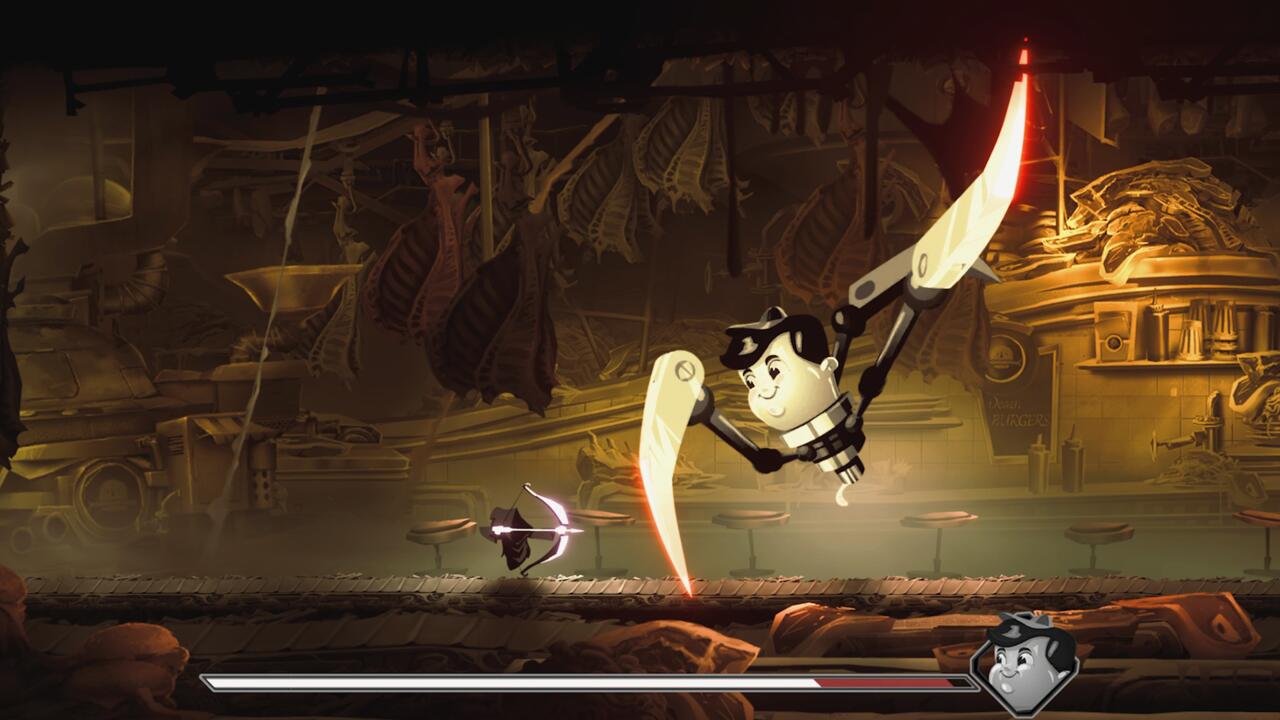
What is the process like for writing the narrative of a roguelike, especially knowing that quite a few players may lack the necessary skills to see its end?
Alfroy: Players do not have to engage with the story in order to finish Have a Nice Death. However, the main narrative gives them an objective: see to it that Death can go on a much-needed vacation to avoid burnout.
Roguelike narratives cannot be linear since players need time to reach the end of the game. The challenge here is to keep a solid narrative rhythm to make players understand that, and even when a player fails to make it to the next world, the plot goes forward and the world reacts to them. Like every office, Death Inc. has its corporate events–[like a] company party for Halloween or Christmas, unforeseen circumstances such as strikes, heated debates [like] air conditioning: on or off, office gossip, and so on.
These types of events allow us to keep surprising players run after run. That goal of making the world feel alive is why the game will react to players’ actions or status: Some Sorrows will make comments based on which weapon is equipped, while other employees will remark on their boss’ performance. Some narrative quests will even offer gameplay rewards to players who complete them. This is the kind of reactive experience that makes every run feel unique.
That said, the [narrative] is not only done through dialogue or wacky situations. We also make heavy use of non-verbal elements that carry a lot of meaning, such as a character’s animations [being] dependent on their mood or environment details. The easy mode allows players to progress more smoothly toward the end of the game, and the story.
From a technical perspective, some dialogues and events are weighted based on their narrative importance, but we also used random events to make sure that every player experiences something unique–which took a lot of dev coordination. We had a massive Excel doc to keep tabs on all narrative pathways and maintain a clear sense of their respective priorities.
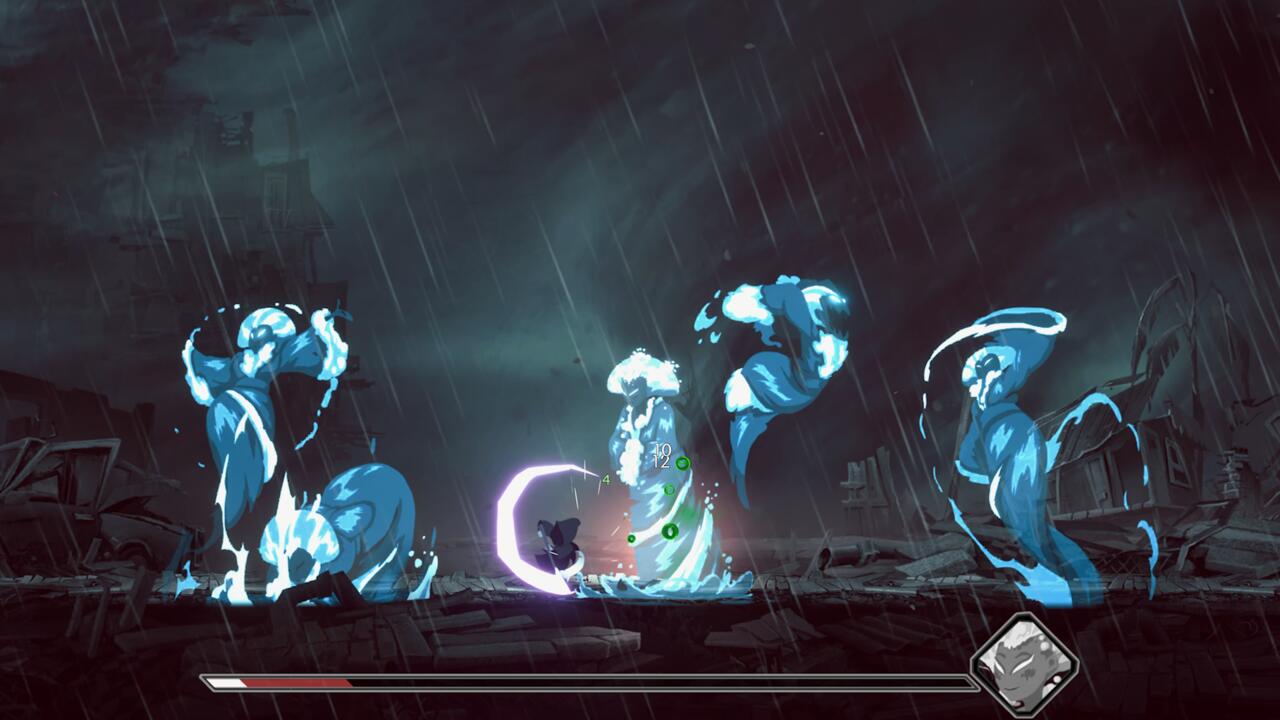
With the game launching in 1.0, can we expect some narrative closure for Death?
Alfroy: The most burning questions will be answered in 1.0: Will Death finally go on PTO, and what or who is behind all the chaos at Death Inc.? Even though this [will] mark the end of the main storyline, this [won’t] prevent us from adding post-launch content and that could include story content.
Now that Have a Nice Death is launching in 1.0, what has been your favorite part of the game to see come to life throughout early access?
Dutertre: The evolution of boss design. The more we progressed in development, the more our players loved our more complex and mobile bosses. You can totally see a difference between Gordon Grimes–a Sorrow available when the game [first] launched in early access–compared to Catherine Imamura–a post-early access launch Sorrow–for instance.
Léger: This is a passion project of mine, and above all, it is my first run as creative director. So for me, it’s everything, really: Being able to create my own characters, animate them, build stages for them, and manipulate them. Every single aspect of the project was highly motivating for me. But above all, it was the human experience that fueled us all. The team was wholeheartedly on-board and dedicated to the project, and I think that is the most important factor to bring such a project to completion. I can never thank them enough for joining me on this adventure!
Alfroy: For me, the best part of production was the creation of NPCs and the Sorrows: Their background, their personality, their speech mannerisms, their relationships, etc. We drew upon Nico’s character design research to bring those characters to life. It was a real pleasure to pick and choose among all those ideas. I felt like a kid in a candy store: I wanted it all! With Hugues Tourneur, who was game writer on this project, we had a lot of fun creating some narrative quests and writing the resulting dialogues.
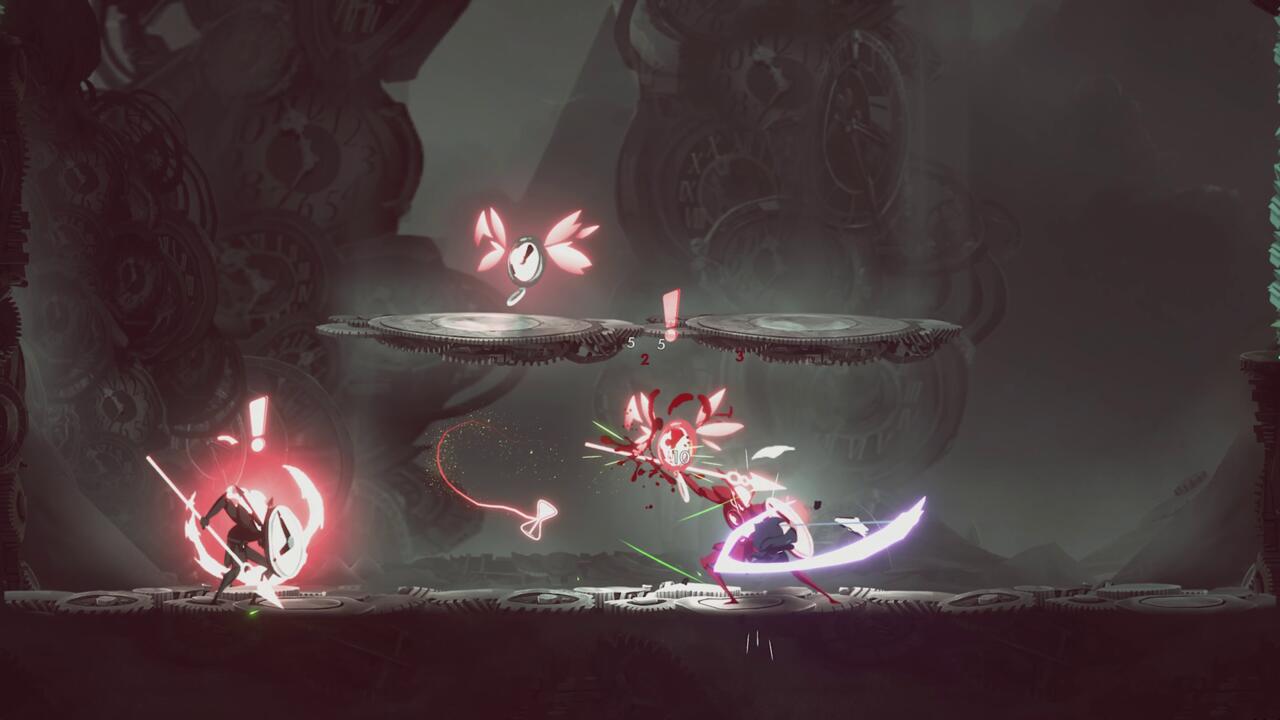
How will Have a Nice Death continue to evolve over time, if at all? Will there be a post-launch roadmap of story expansions and/or new powers?
Léger: This is a strong universe that is ripe for more exploration, and we’ve seen that the community is keen on adding even more to it! We’ve got a lot more ideas, and not only for video games.
This conversation has been edited for both brevity and readability.
The products discussed here were independently chosen by our editors.
GameSpot may get a share of the revenue if you buy anything featured on our site.










